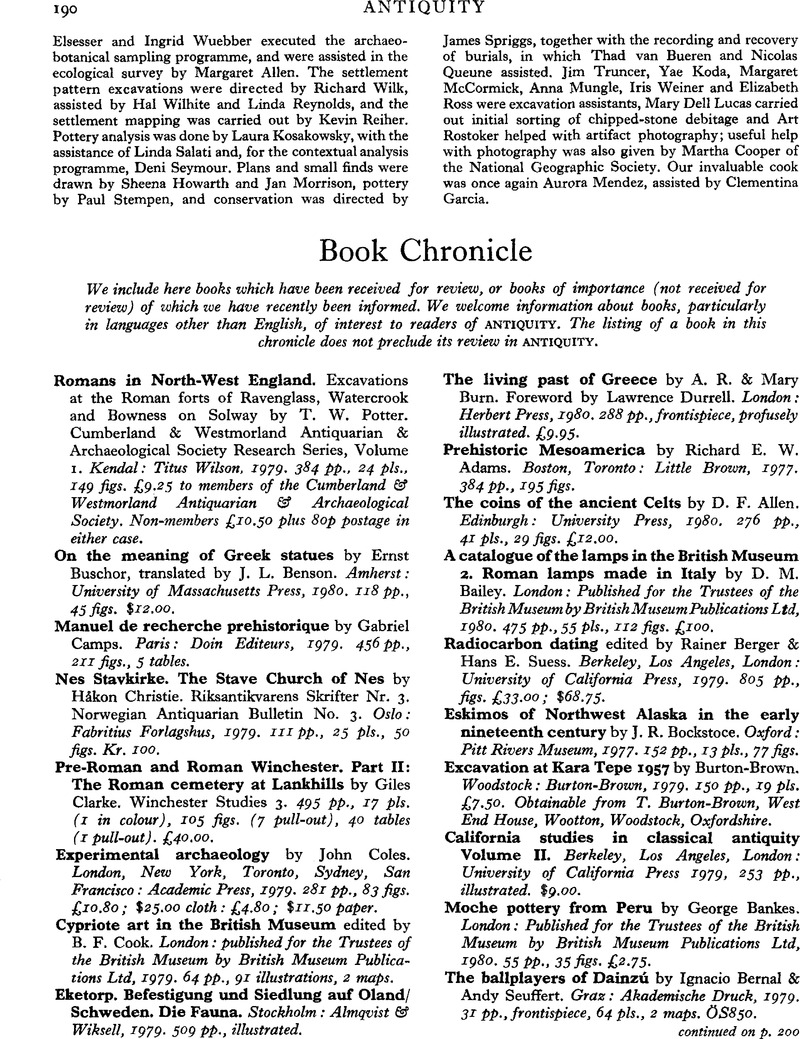PULESTON, D. E.
1968. Brosimum Alicastrum as a subsistence alternative for the Classic Maya of the Central Southern Lowlands. M.A. thesis, Anthropology, University of Pennsylvania, Philadelphia. 1974. Intersite areas in the vicinity of Tikal and Uaxaxtun, in (ed.), N. Hammond, Mesoamerican archaeology: new approaches (
London),
303—
11.
Google Scholar 